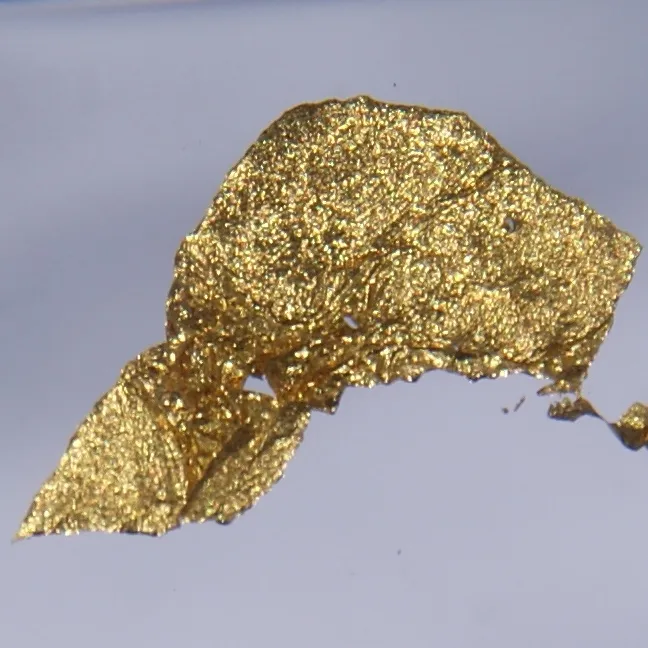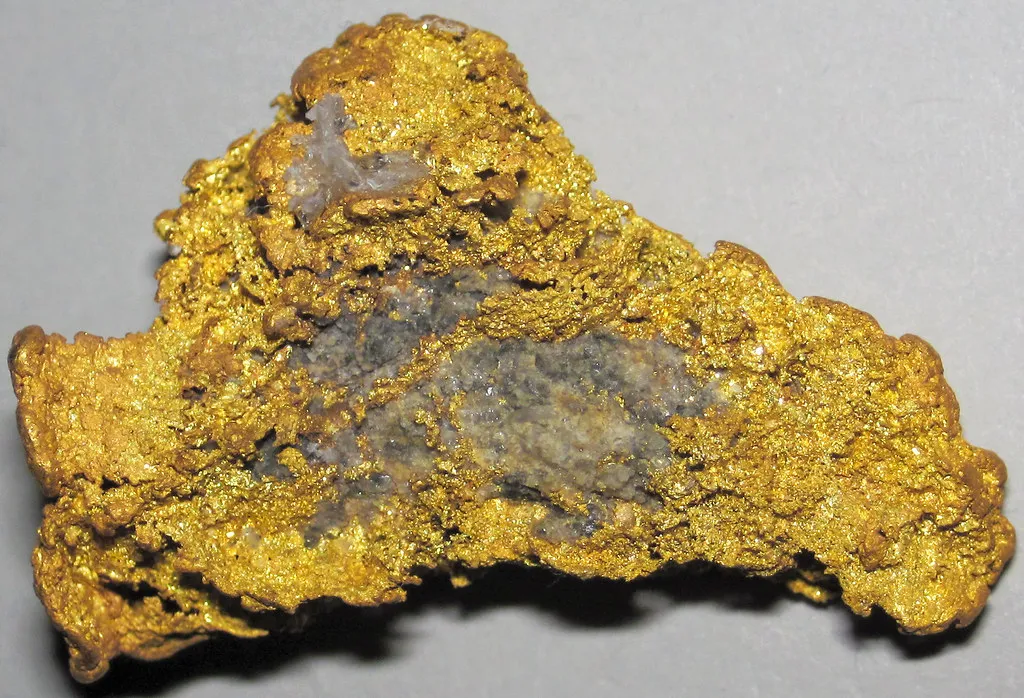It was 1848, and a carpenter in California found flakes of gold in the waterway that supplied his sawmill. This single man and a couple of other people who wanted to get their hands on their gold, as well as people who came to steal gold from the same area, created the California Gold Rush. Over 300 tonnes of gold were seen in the area.
While people got their hands on the real deal, there were other types of metal around the area that could fool a person into thinking they were worth something or looked like gold like one referred to as fool's gold with its real name being pyrite. There was another type of fool's gold named chalcopyrite.
All through the 19th century, the Gold Rush was a thing in different countries including Canada, Australia, South Africa, and many other countries. Since gold could come in different forms from tiny flakes to big nuggets, and there were lots of other metals to fool miners so there needed to be a way to check for the originality of whatever was found since there were no chemicals to confirm the authenticity of gold at the time.
If you wonder how gold gets to where it is found, it is first deposited in hydrothermal veins which are found in existing rocks, when the veins wither and the golds are washed out, they are redeposited in lakes, rivers, and pools known as placer deposits. So when you go to find gold in rivers, it is good to understand where it came from.
But then, when gold gets deposited, it is accompanied by other metals and minerals for instance pyrite which is a combination of iron and sulfur, and chalcopyrite similar to pyrite with the addition of copper. Chalcopyrite is a brass-like gold but when it comes together with oxygen, it gives these psychedelic attractive colors. Aside from the color which is similar to gold, it is also very soft and can look like gold to an untrained eye.
Since there were no chemicals at the time, what people did was to scratch their metals softly on an unglazed white ceramic surface. This test works for metals that are lower than 7 on the Moh’s hardness scale. So they do not leave a scratch on the tile. When dragged on the plate, gold leaves its golden yellow color streak, while others like pyrite and chalcopyrite leave a greenish metallic black streak.
Chalcopyrite is not useless anymore as it is now important in the making of copper and sulfuric acid which is important in the making of fertilizer. While it is not the gold you are looking for, it is worth something with high demand for everyone.
For Further Reading and Research
https://www.sciencedirect.com/science/article/pii/S0016703702013716
https://archive.org/details/cambridgeguideto00bish/page/32/mode/2up
https://commonminerals.esci.umn.edu/minerals-f/chalcopyrite
https://geology.com/minerals/streak-test.shtml
https://prd-0420-geoontario-0000-blob-cge0eud7azhvfsf7.z01.azurefd.net/lrc-geology-documents/publication/MDC018/MDC018.pdf
https://archive.org/details/encyclopediaofge00hold/page/n7/mode/2up
https://11northgold.com/copperfields-mine-temagami-mine-comprehensive-history/
https://www.mindat.org/min-955.html
https://www.usgs.gov/media/images/chalcopyrite

